The Mall Where Rome Once Gathered
The tile inside Mount Berry Mall still reflects sunlight the way it did in the early '90s, when the main concourse opened wide toward JCPenney, Sears, Belk-Rhodes, and Hess's.
That layout, designed by Crawford McWilliams Hatcher Architects, followed the formula of regional malls being built across Georgia.
You'd see Chick-fil-A by the food court, running its first day on February 13, 1991, beside small shops with pastel signage and ceiling fans turning above the walkways.
People didn't call it "Mount Berry Mall" yet. It was still Mount Berry Square, and the space echoed with the sound of baby strollers and coin-operated rides.
The building stands at 2770 Martha Berry Highway in Rome, developed by Crown American and Homart Development Company.
Even now, for anyone listing things to do in Rome, Georgia, that square footprint still makes the list.
Time passed, tenants shifted, and foot traffic fell off. But some spaces still pull memories with force, especially when they were the only ones like it for miles.
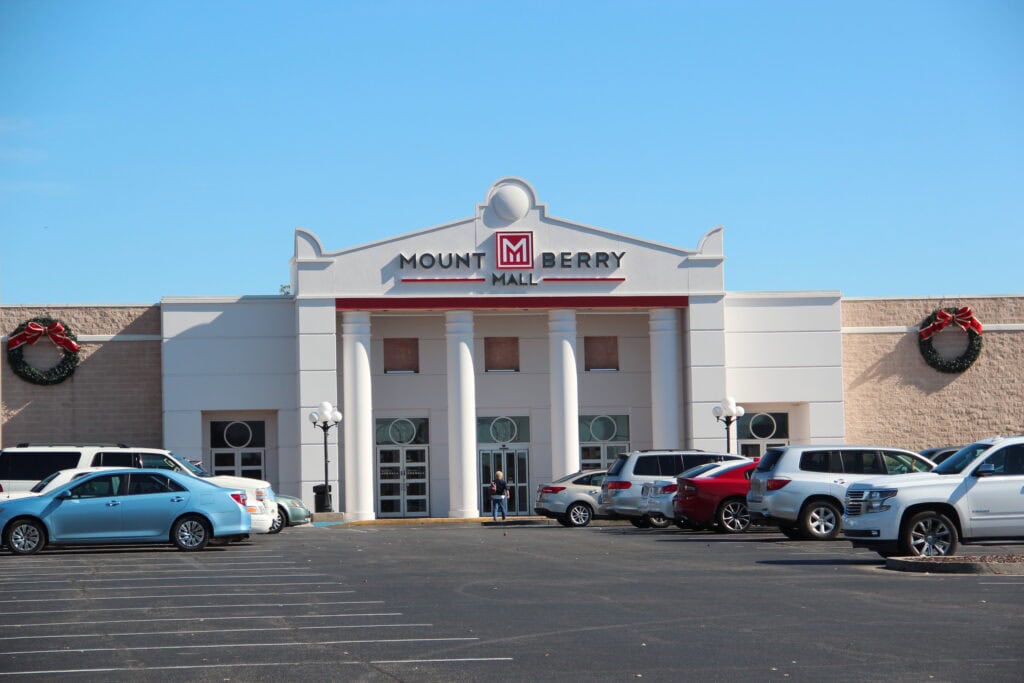
What is Mount Berry Mall, and why has it mattered to Rome since 1991?
The earliest record of Mount Berry Square as a development dates to March 23, 1988, when Crown American and Homart announced joint plans for a regional mall in Rome.
Construction crews began timber clearing in the summer of 1989. It took just under two years for the structure to reach completion, with the official opening held on February 13, 1991.
The mall launched with four anchors: Sears, JCPenney, Belk-Rhodes, and Hess's. These stores replaced older locations already operating in Rome, pulling their customer bases into a single enclosed space.
Each anchor introduced newer layouts, with JCPenney and Belk-Rhodes incorporating more contemporary fashion-focused interiors.
The food court saw full occupancy from day one. Chick-fil-A opened with its standard menu, but later became a Chick-fil-A Dwarf House Classics in 2013.
Smaller stores and specialty outlets filled the concourse, bringing retail consolidation to a town that, until then, had spread its shopping across strip plazas and downtown shops.
How Mount Berry Mall changed during the 1990s retail expansion
By 1993, just two years into operation, Hess's had already exited the lineup. The space didn't sit vacant long.
Proffitt's took over later that year, filling the gap with a layout that leaned heavily on apparel, seasonal displays, and updated lighting that matched newer retail trends.
Belk-Rhodes, still operating independently at the time, doubled down on visual merchandising and brought in national clothing lines that hadn't previously been featured in the Rome market.
As smaller cities looked to consolidate shopping into fewer addresses, Mount Berry Square became the catchment. The outlot parcels along the property line started to take shape in the mid-90s.
Circuit City came in with its freestanding format, a common pattern in that era, while Toys "R" Us added another draw for families looking to make a day out of errands.
These additions didn't enter through the mall itself but lived on the periphery.
The proposed fifth anchor, Bloomingdale's, had been on the table since early site planning but was dismissed by Rome city leaders.
It wasn't about the money. They reportedly felt a department store at that tier would be out of place in the area's commercial mix, which had leaned practical over upscale.
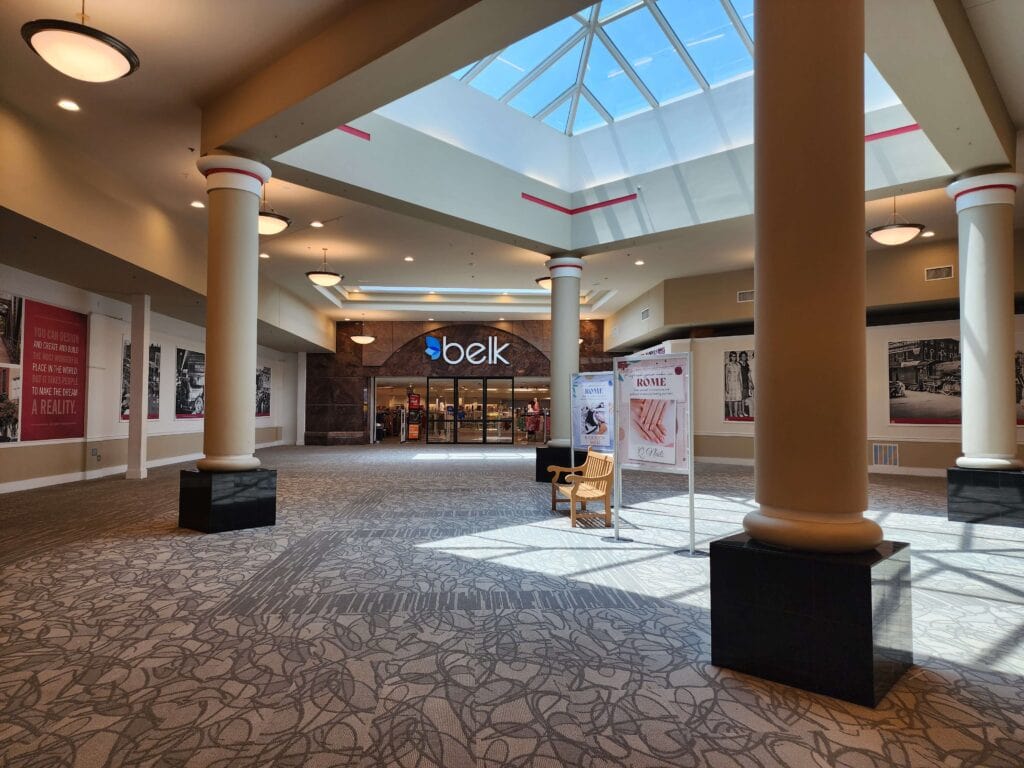
What happened to the mall after its 2003 sale and loan default in 2010
On November 22, 2003, Pennsylvania Real Estate Investment Trust, or PREIT, finalized the purchase of Crown American's entire mall portfolio.
That list included 26 properties, but Mount Berry Square had already been flagged as one of six "non-core" assets.
The term signaled something simple: it didn't match the performance benchmarks the new parent company wanted to keep long-term.
Less than a year later, on September 29, 2004, the property changed hands again. PREIT sold it to Prime Retail, a division of The Lightstone Group, as part of a five-mall transfer.
Occupancy at Mount Berry Square at the time was 73.3 percent. That compared to 93 percent for the full Crown American portfolio just prior to the PREIT merger.
Six years later, financial strain surfaced. In June 2010, it became public that The Lightstone Group had defaulted on two loans tied to Mount Berry Square: one valued at $73.9 million and a second at $7 million.
The mall entered foreclosure in July, with Jones Lang LaSalle appointed as receiver. By August 23, 2010, Urban Retail Properties took over management for the site, as well as two other assets in the group.
What Hull Property Group did after acquiring the mall in 2012
By October 2012, Hull Property Group, based out of Augusta, picked up the management and ownership rights to Mount Berry Square following its foreclosure period under Lightstone.
At that point, the mall had already cycled through two national owners and was showing visible signs of distress.
Hull came in with a portfolio focused on regional malls that had lost anchor strength but still held strategic retail value.
The name change from Mount Berry Square to Mount Berry Mall began appearing publicly in late 2014. New signage was reported in December of that year, with updated branding on exterior entrances.
That kind of name change was typical for Hull. They'd trim the branding before touching the walls or the wiring.
At Mount Berry, the new sign wasn't about the space itself. It was more of a signal, a quiet nudge, that things behind the scenes were about to shift.
In January 2016, Sears confirmed that its store in Mount Berry Square would close by March 26. The announcement matched a nationwide contraction by the chain.
Sears had been one of the original four anchors back in 1991, but its closure meant the mall lost another longtime anchor in under a decade.
Four years later, in early 2020, Hull announced physical renovations to modernize the property. Work focused on flooring, lighting, HVAC upgrades, and restrooms.
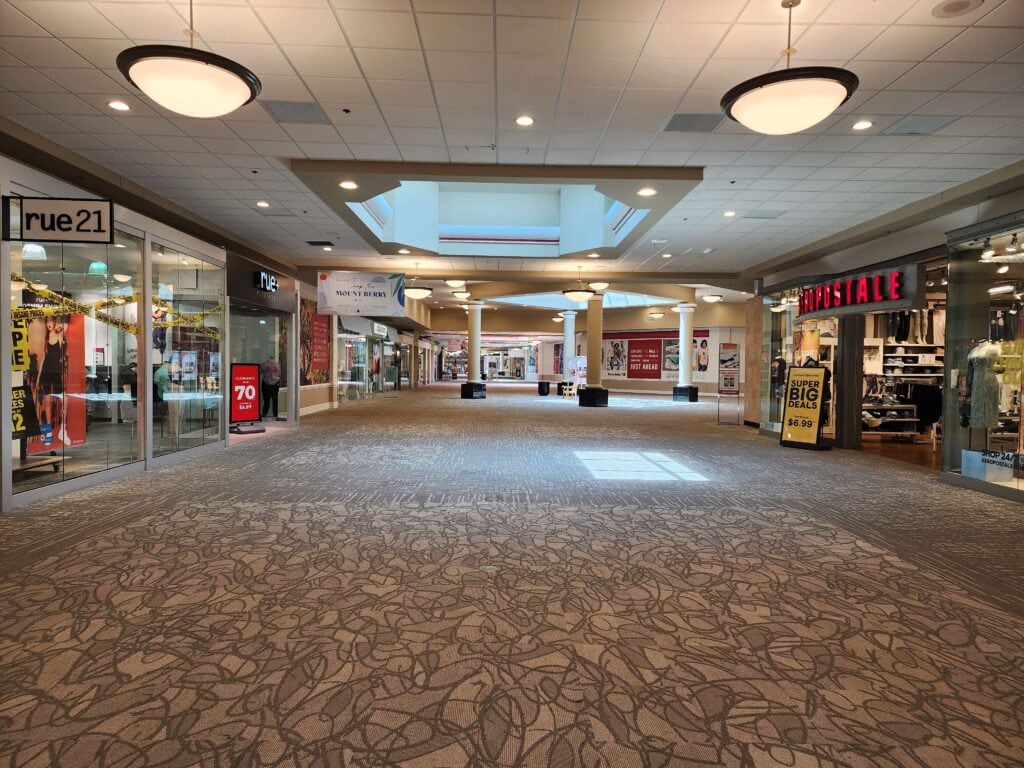
Which national retailers left Mount Berry Mall between 2020 and 2024
The string of closures began in June 2020 when JCPenney named Mount Berry Mall as one of 154 sites it planned to shut down nationwide.
The store closed in the fall, ending its nearly three-decade run as an anchor. This left Belk and Dunham's Sports as the remaining large-format tenants still operating in the mall.
In the years that followed, several national chains downsized or exited altogether. Eleven Gifts, a fixture in the seasonal and novelty category, closed during this stretch.
Kay Jewelers also vacated its unit; a smaller regional operator called Diamond World later occupied the same space.
Journeys, the footwear and accessories chain, closed in January 2024. By May 2024, Rue21 had shut down its store as well.
Bath & Body Works also left during this period. Each of these exits reflected both broader industry patterns and localized leasing trends.
Traffic levels had declined across much of the enclosed retail sector, and Mount Berry Mall followed that arc.
The effect wasn't immediate - it came as a gradual decline, month by month, as renewals were skipped and gates stayed down.
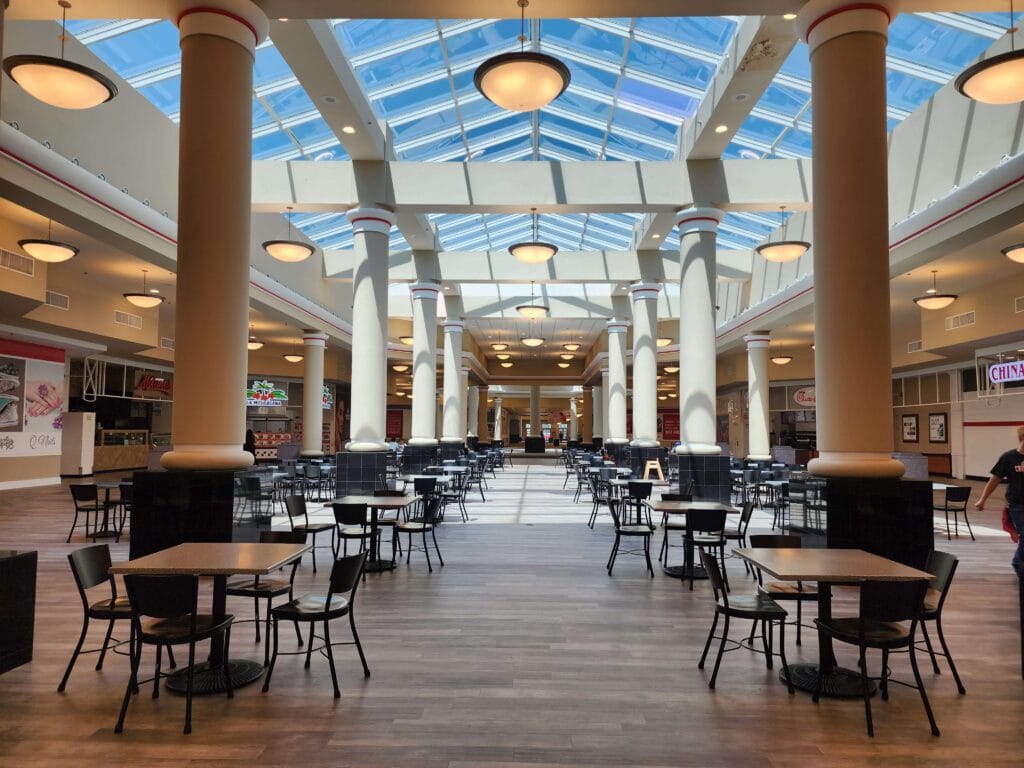
Is Rural King planning to open in the former Sears space in 2025?
In mid-June 2025, the Rome News Tribune posted on X (formerly Twitter) that Rural King might be preparing to take over the former Sears anchor location inside Mount Berry Mall.
The post didn't come from Rural King or Hull Property Group, and no formal announcement followed. Even so, the timeline made sense.
The former Sears space has remained empty since March 2016, while the mall has shifted its leasing approach to court tenants suited for larger box-style footprints.
Rural King, a farm supply chain that often moves into second-generation anchor footprints, has taken a similar path at malls in other southern states.
These redevelopments follow a known model: insert a utility-oriented retail brand into a failing mall's large box footprint, then pull steady daily traffic without relying on fashion or footfall from surrounding shops.
Local speculation has grown partly because Hull Property Group has used Rural King as a backfill solution in other locations with nearly identical profiles.
Whether it's a rumor or a preview depends on what happens in the next quarter and whether the deal clears.
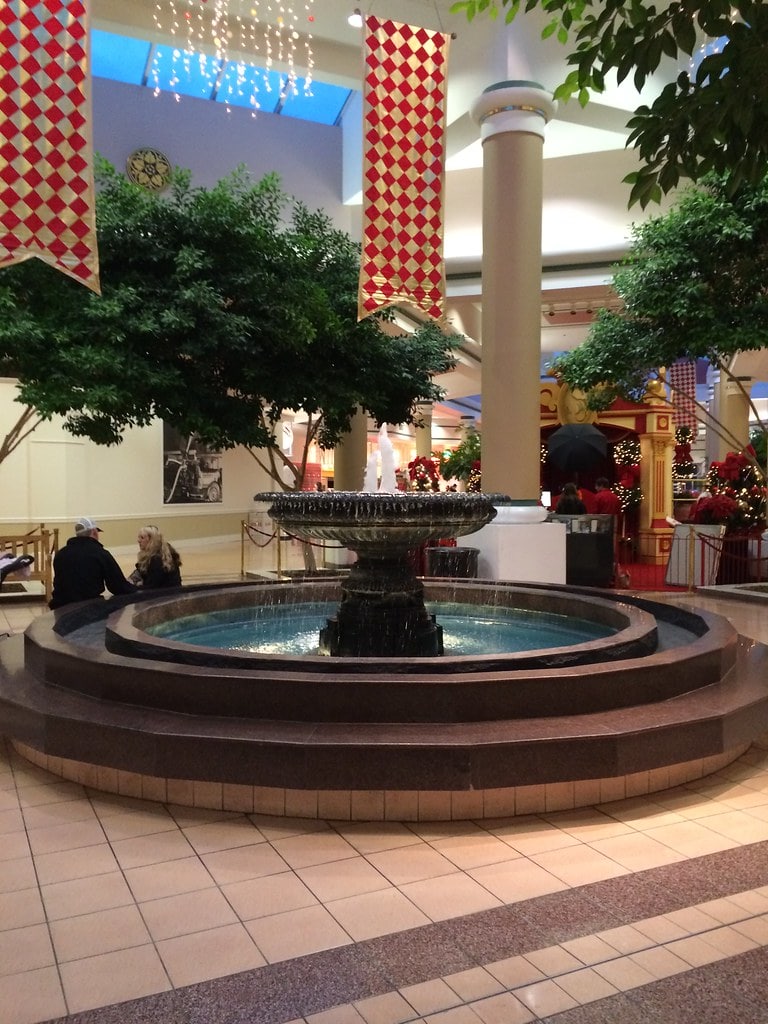
🍀


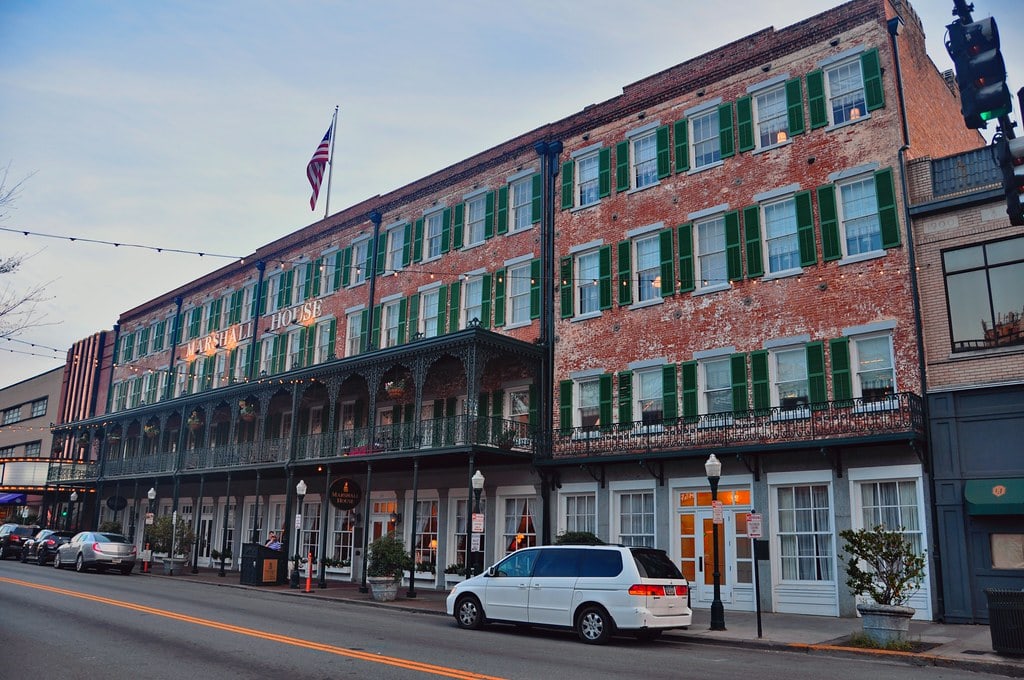
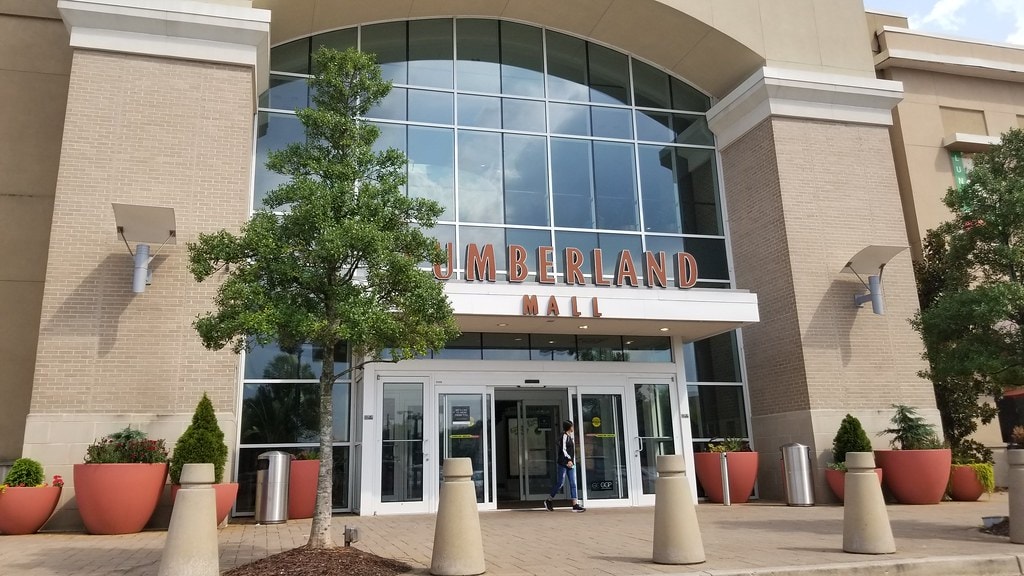
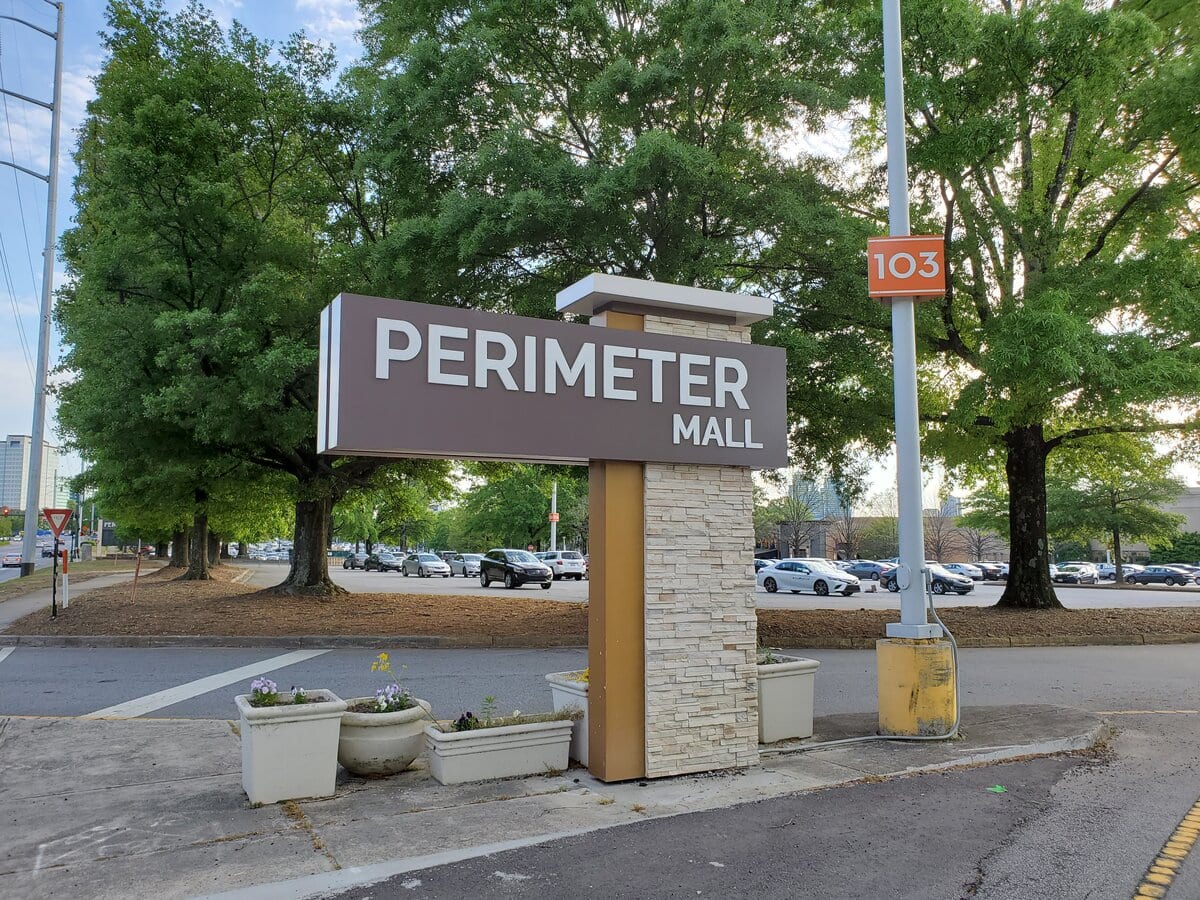
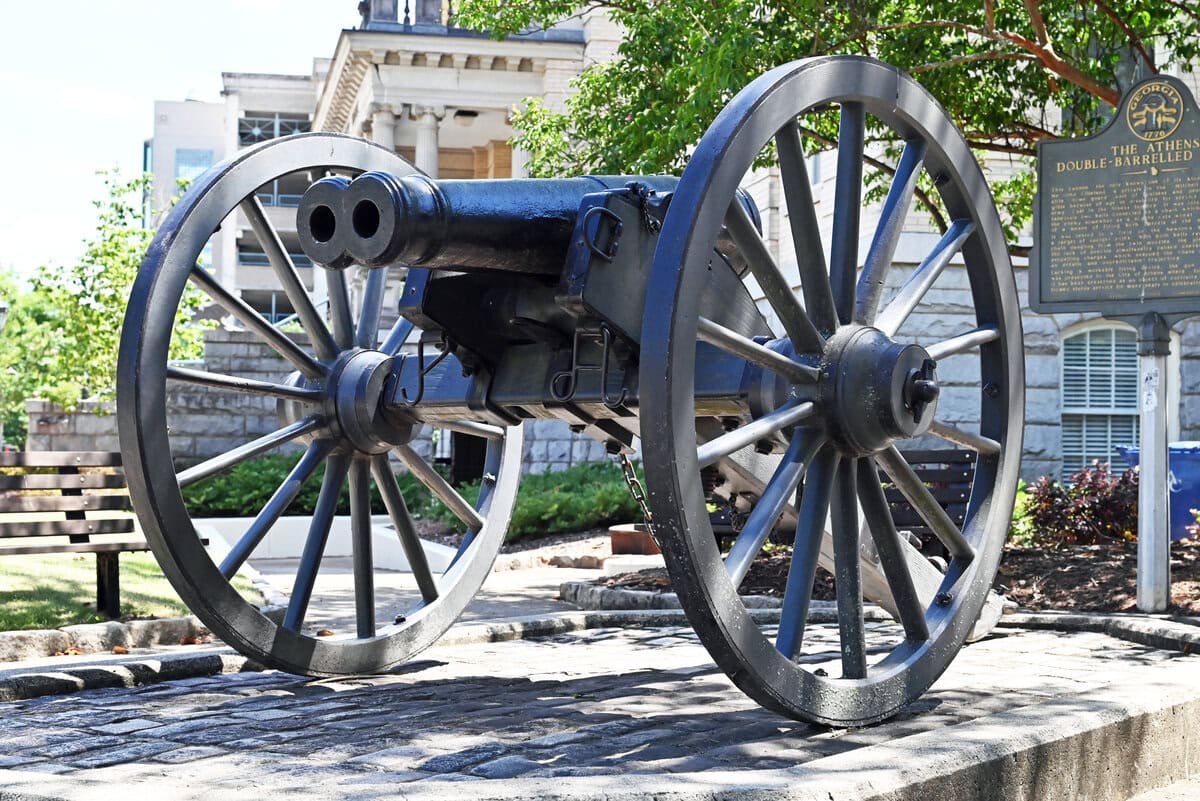
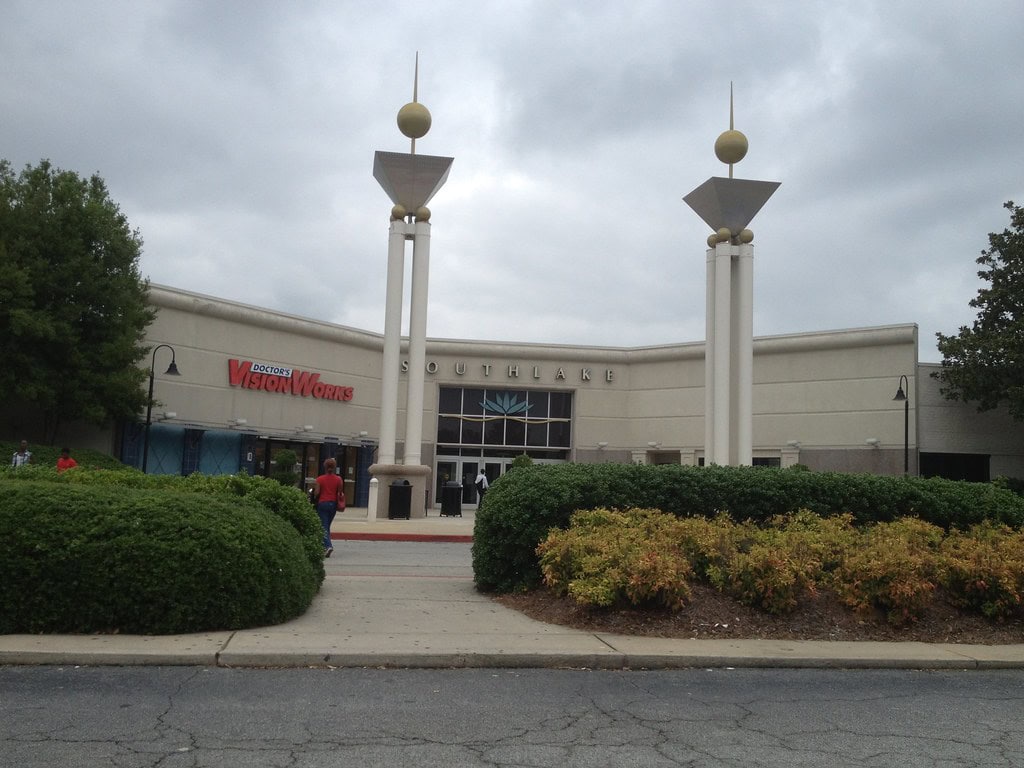
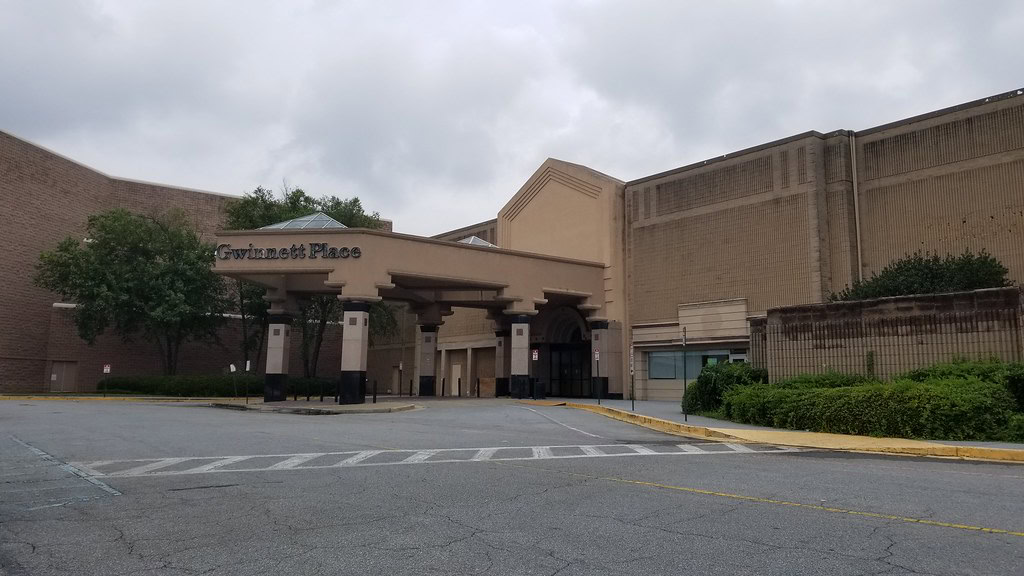
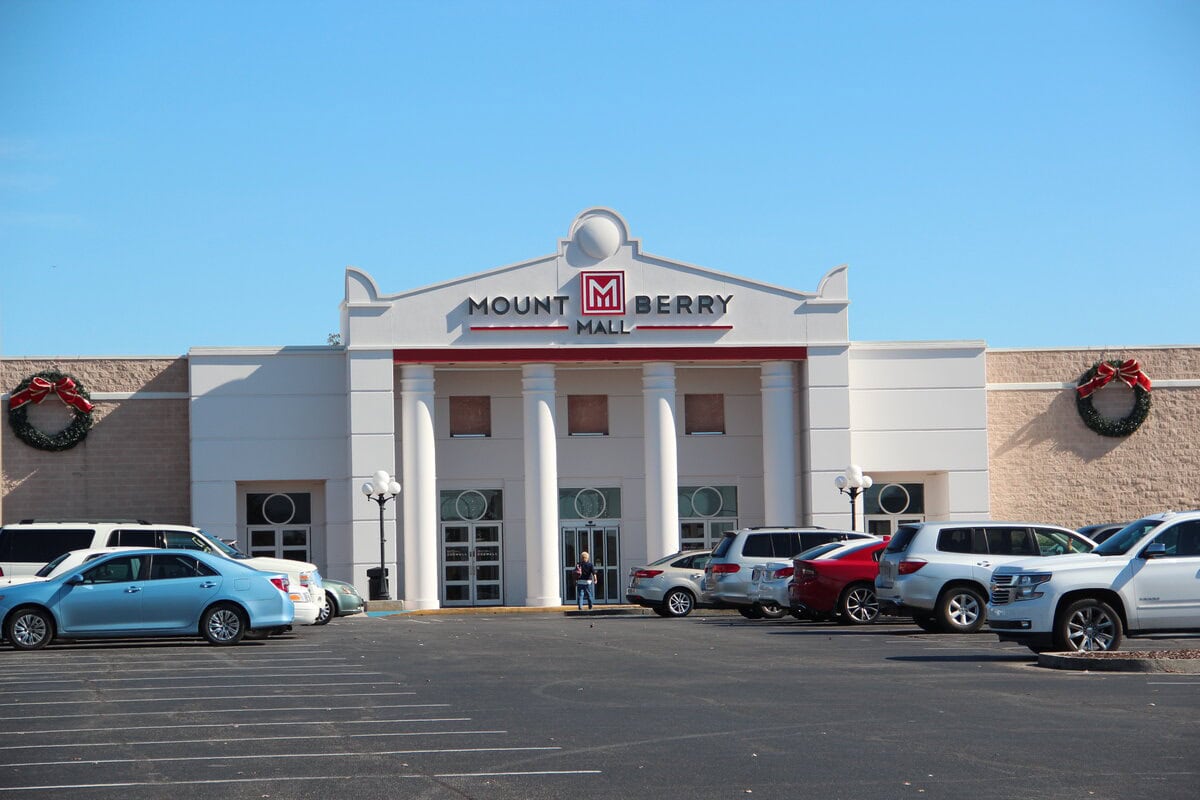
Mount Berry was not Rome's first mall. Matter of fact, most of the anchor tenants mentioned in this article originally moved from from Broad Street to a mall that opened in the early 1970s called Riverbend Mall. This early mall was located where the Kroger shopping center is today near East Rome. Mount Berry is Rome's second mall, not the first.
Thank you for pointing that out. I missed Riverbend Mall in the timeline, and that's a gap worth correcting. Especially since many of those early store shifts shaped what came next.
Yes Riverbend was the best! It had everything in one place that we needed, and then Mount Berry came along after Riverbend closed and was too far but it was ok better than nothing, then they took the beautiful Carousel out when tenants changed and then it all went downhill fast!
There’s a clear arc in what you wrote - one mall with everything you needed, then another that showed up late, reached farther, and lost the spark too soon. That pattern played out in a lot of towns, but yours puts real names and places to it.